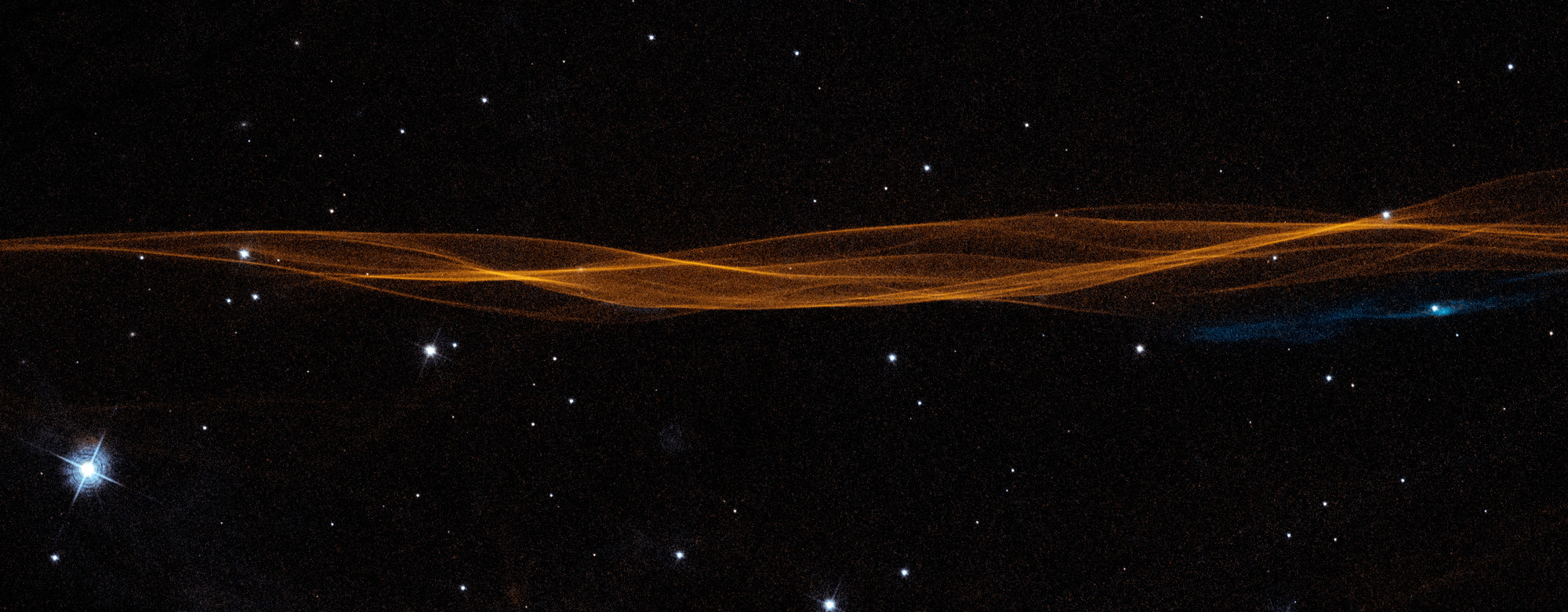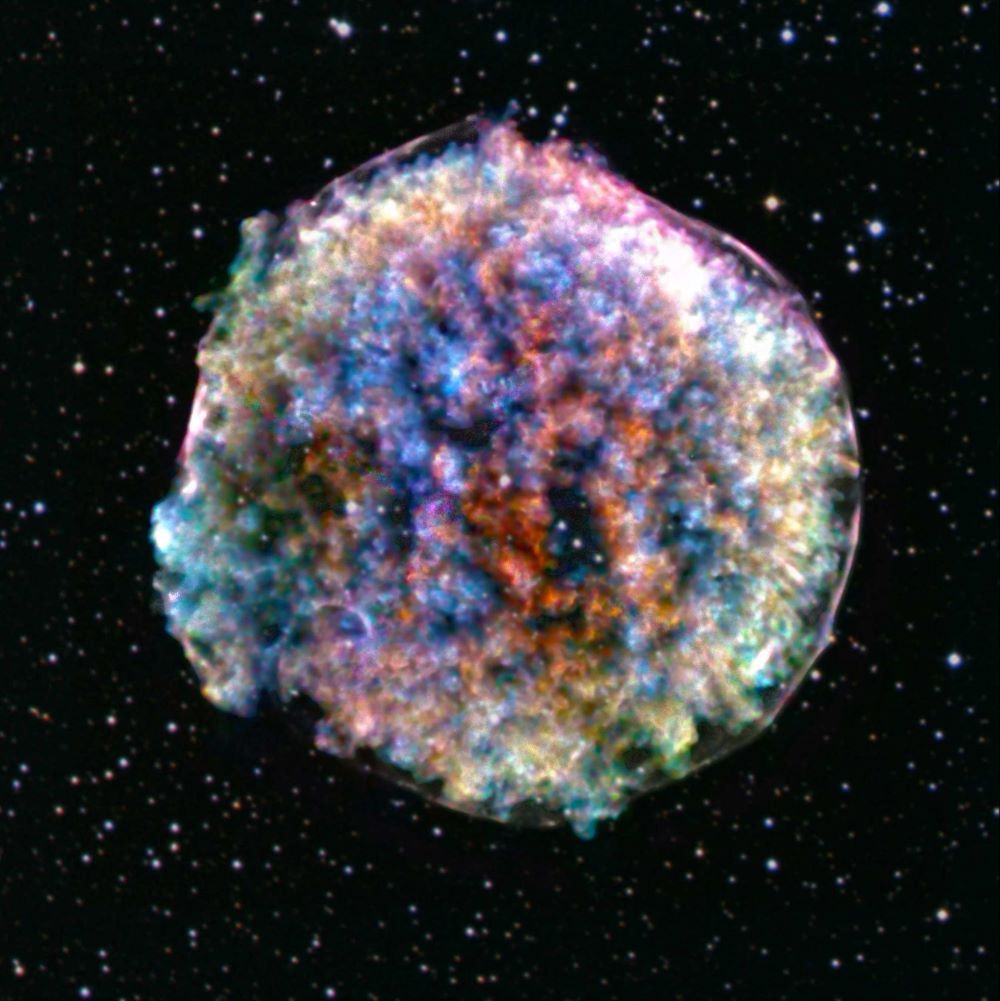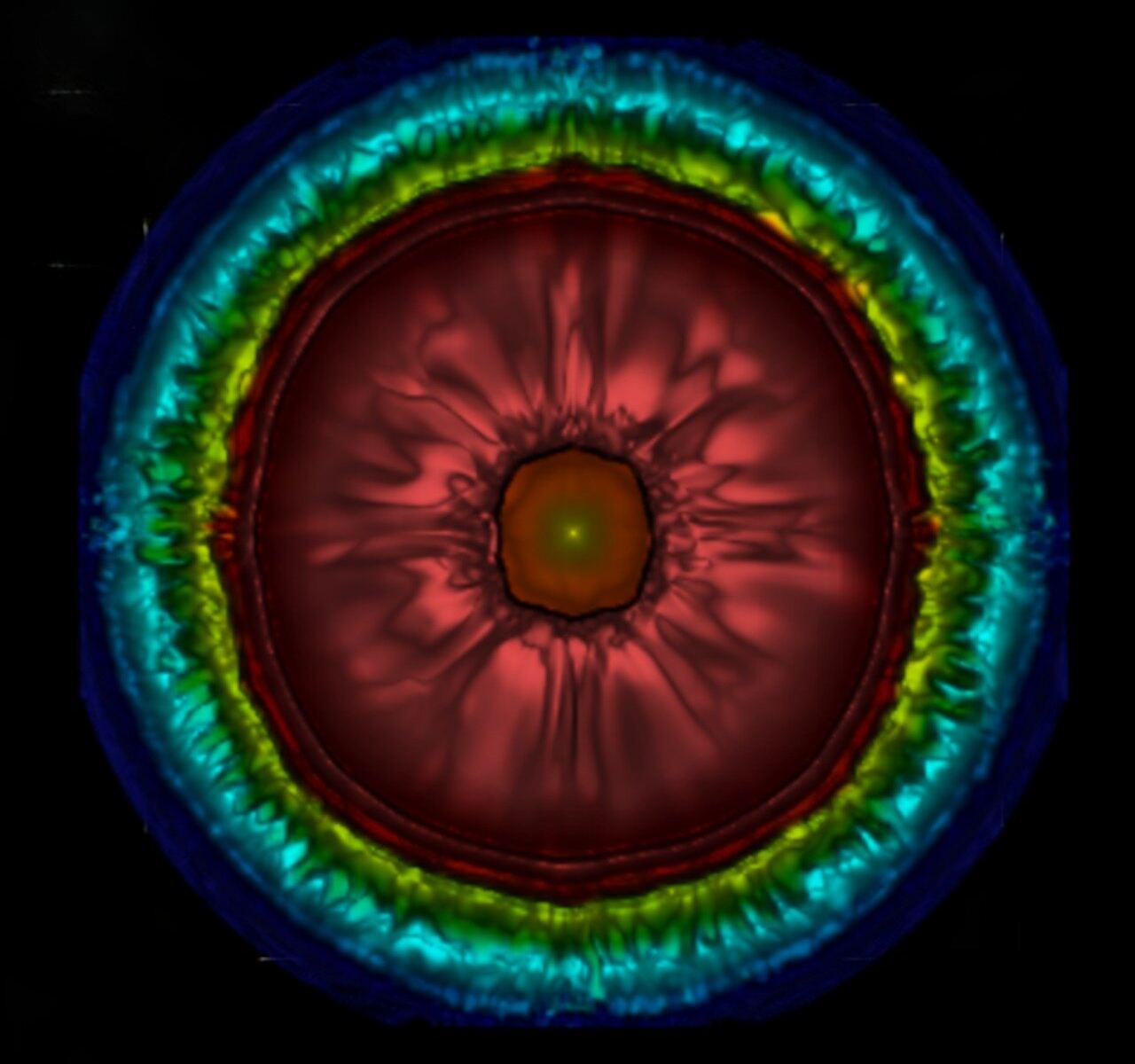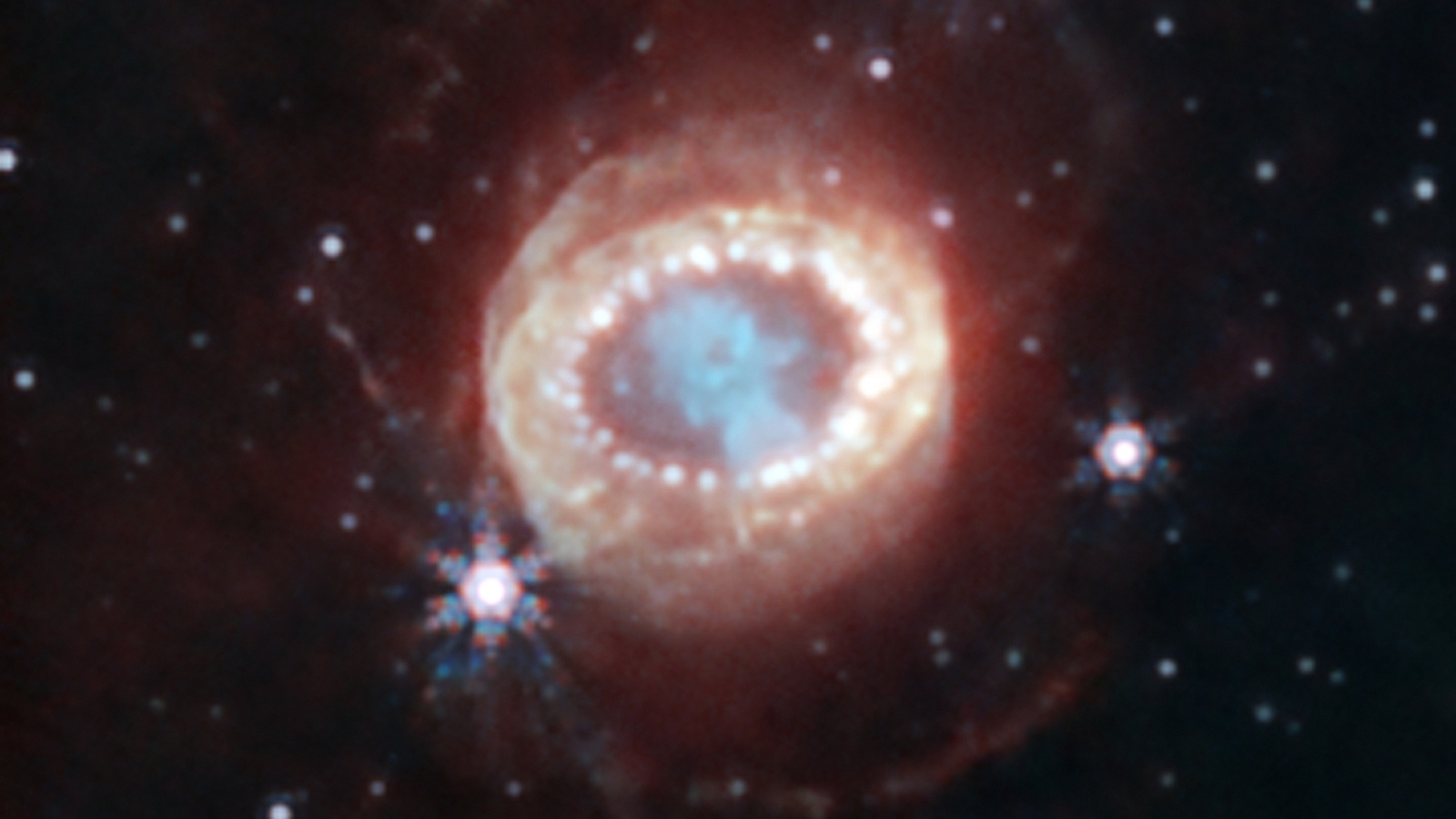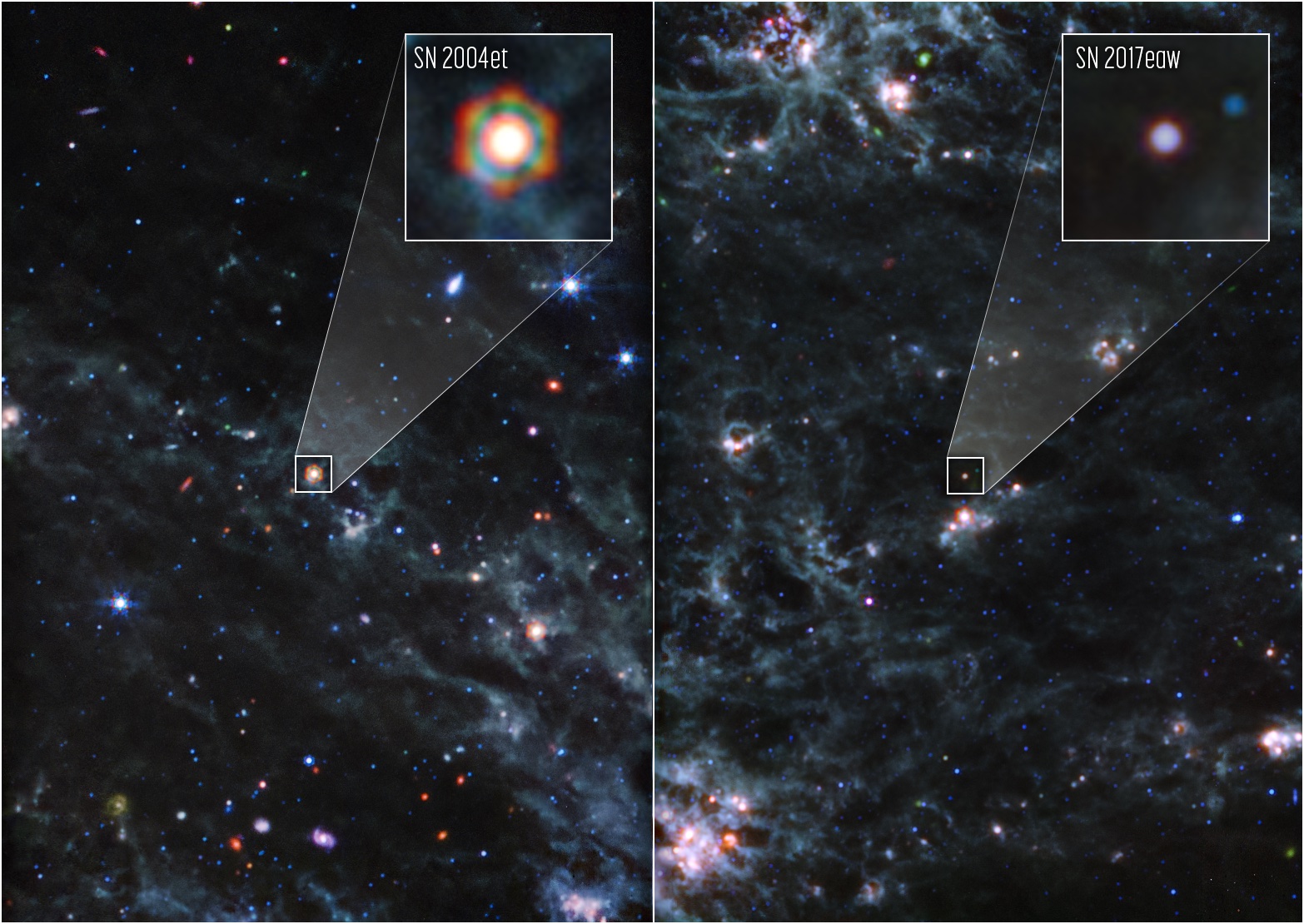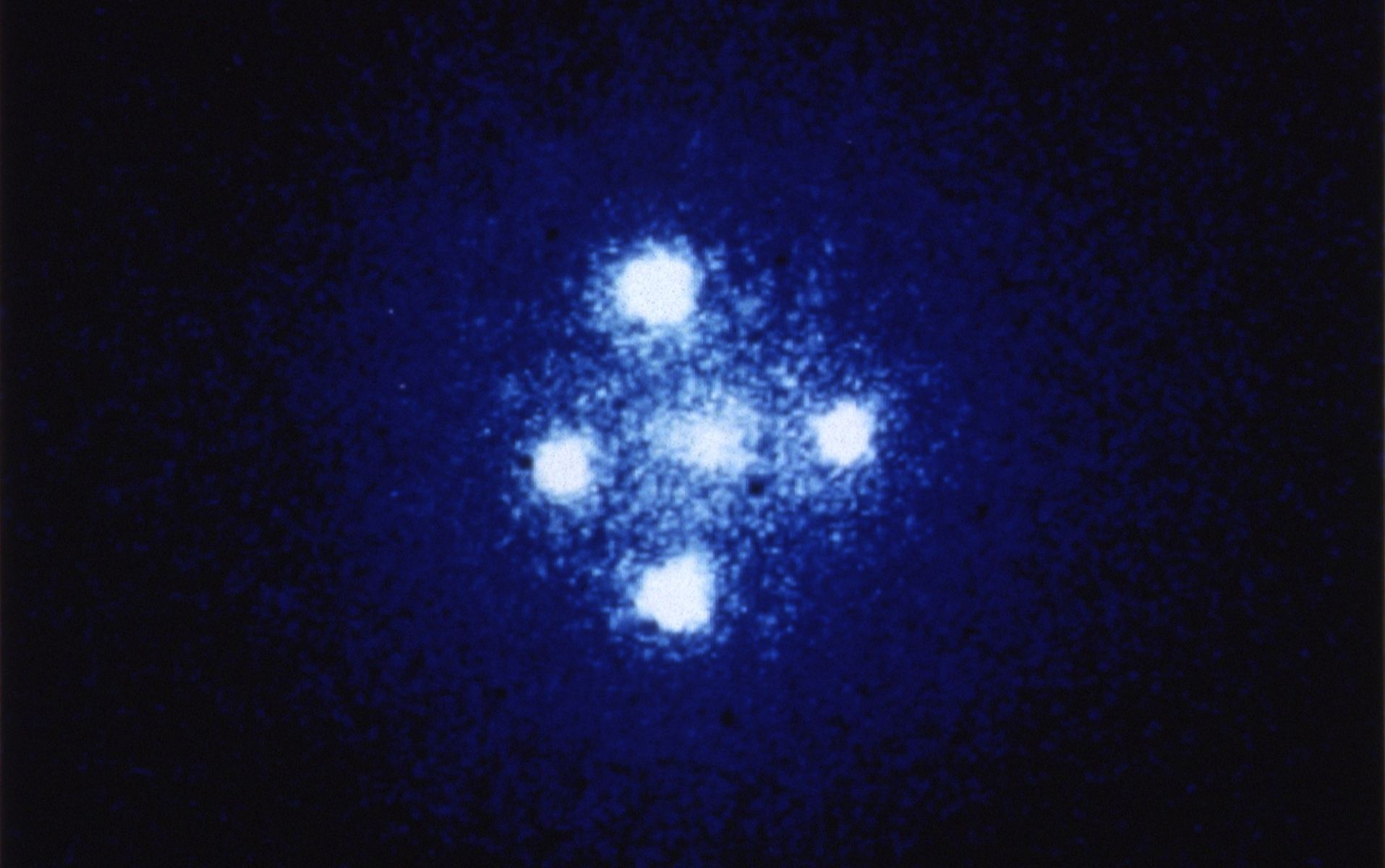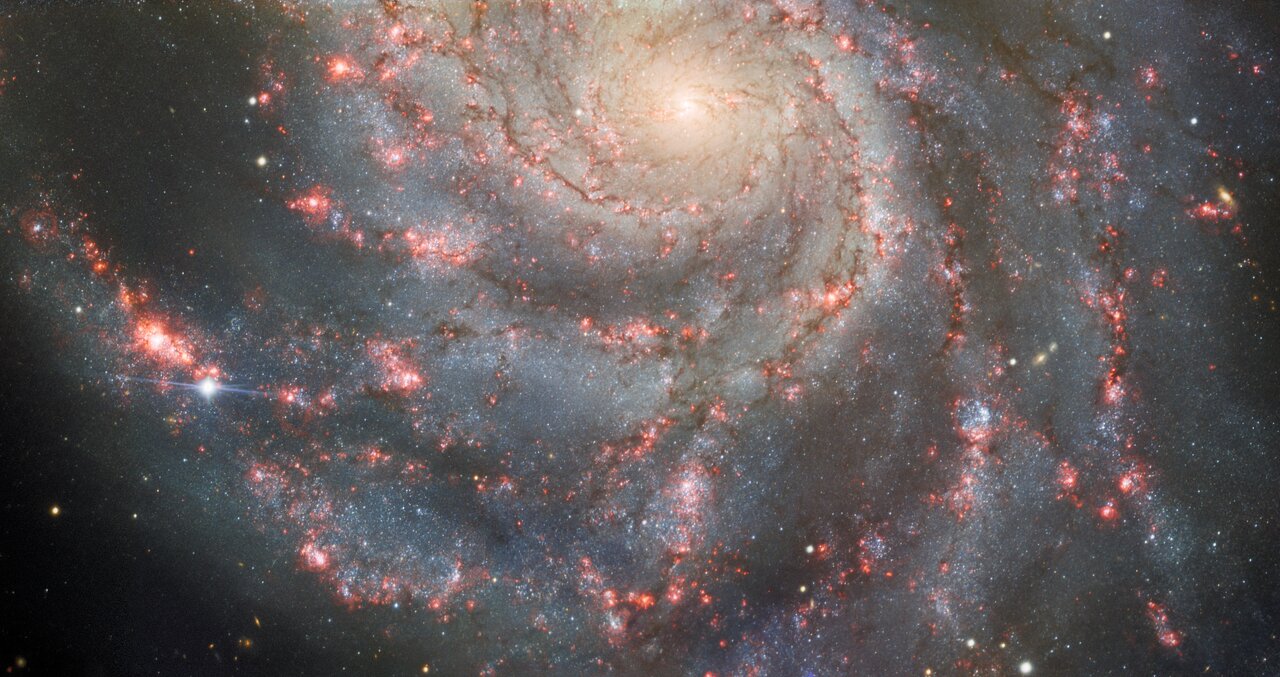Twenty thousand years ago, a star in the constellation Cygnus went supernova. Like all supernovae, the explosion released a staggering amount of energy. The explosion sent a powerful shockwave into the surrounding space at half a million miles per hour, and it shows no signs of slowing down.
For twenty years, the Hubble Space Telescope has been watching some of the action.
Continue reading “Astronomers Have Been Watching a Supernova’s Debris Cloud Expand for Decades with Hubble”
